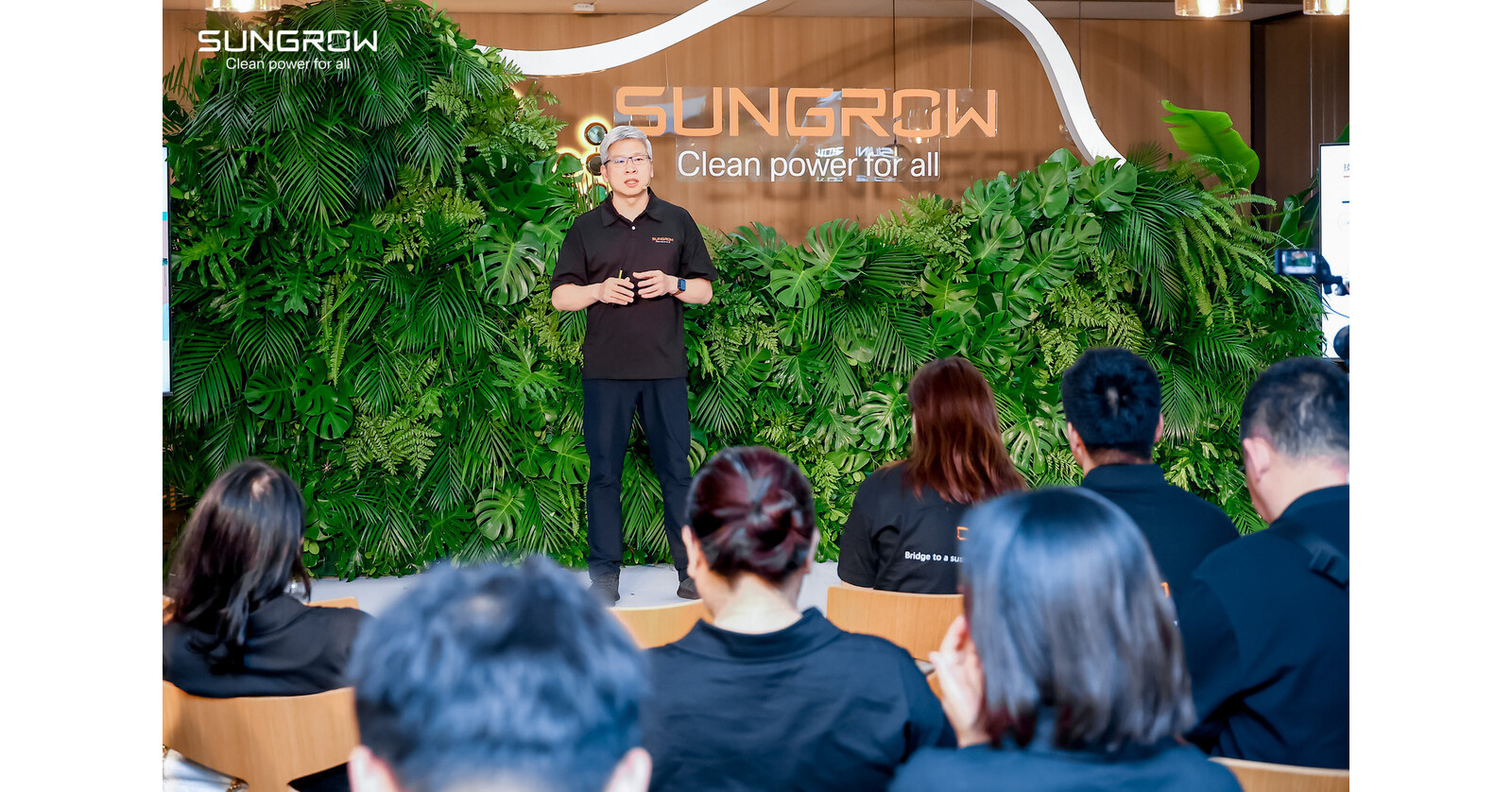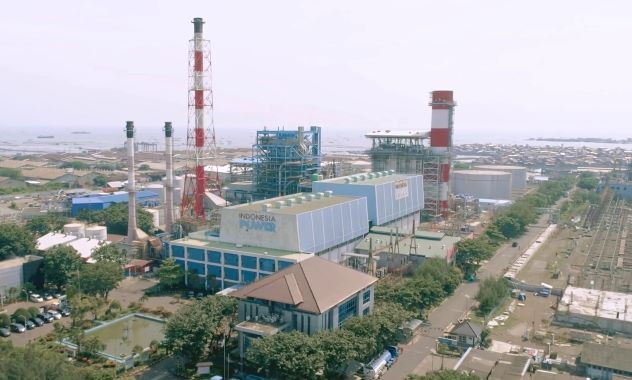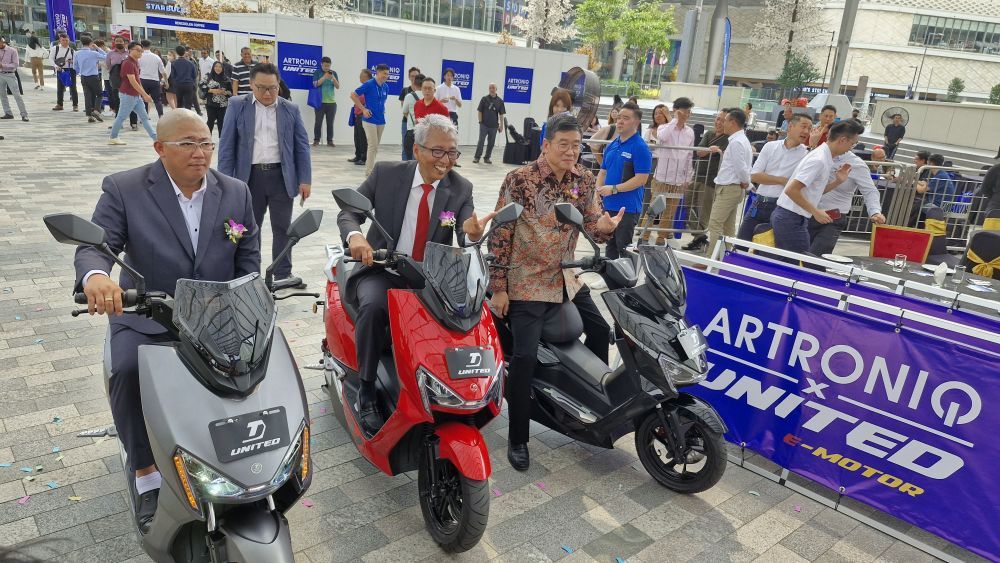Major Technological Trends Unveiled
Sungrow, a leading provider of PV inverters and energy storage systems, highlighted 10 major technological trends at the recent Ph.D. Talk event in Shanghai. With an investment of 2.45 billion yuan (approximately $347 million) in R&D throughout 2023, the company remains at the forefront of technological innovation. Sungrow’s new tagline, “Bridge to a Sustainable Future,” underscores its commitment to making clean energy accessible.
Advancements in Solar Technology
New Semiconductor Devices
To achieve net-zero carbon emissions, advancements in energy generation, transmission, and conversion are crucial. According to Diamfab, diamond could become the ultimate WBG semiconductor material for high-power electronics. Diamond is ideal for high-voltage operation, high-temperature applications, and high-frequency switching.
Solid-State Transformer (SST) Technology
The medium-voltage PV power generation system based on SST technology offers higher power density and improved conversion efficiency. SST technology may soon find applications in MW-level charging stations, HVDC power supply systems for data centers, and energy routers. Sungrow developed the world’s first 35kV SST-based PV inverter in 2022.
Increased DC Voltage in PV Systems
Raising DC voltage in PV systems increases power density and efficiency while reducing infrastructure and maintenance costs. Sungrow achieved a milestone by introducing the 2000V solar-plus-storage high-voltage system, successfully integrating it into the grid in Yulin, Shaanxi.
Enhancing Renewable Energy Efficiency
Digitization and AI
Sungrow introduced DEPCO (Development, Engineering, Procurement, Construction, Operation) to digitize renewable energy power plants. The company developed iSolarTool and iSolarBP software to optimize the design and assessment of PV power plants. These tools leverage AI for system optimization, boosting efficiency and profitability. These solutions are currently in the industry trial phase.
PE Agent, a power electronic designer based on a large language model (LLM), facilitates seamless communication between AI and humans. It enables intelligent management of power electronics design, achieving “self-learning” and “self-evolution.”
Innovations in Energy Storage and Grid Integration
Technology
HVDC systems provide faster active power flow control and enhanced reactive power controllability. This technology offers significant benefits over the more established CSC-HVDC technology.
Integrating multiple energy sources, enhancing grid capacity, and improving the economic efficiency of active distribution grids are crucial for renewable energy integration. This strategy supports rapid development of energy bases and future urban construction.
GFM technology provides rapid, accurate responses to grid faults and disturbances, supporting stable operation in various scenarios.
Virtual Power Plants (VVPs)
VVPs aggregate small-scale energy-producing or storage devices, such as solar panels and batteries. These networks can serve the electricity grid during high demand periods or save energy for future use.
Green Hydrogen
Off-grid solar-hydrogen solutions, IGBT-based hydrogen production, and integration of hydrogen in residential buildings enhance energy efficiency and self-sufficiency.
Sungrow’s continuous advancements in solar energy and energy storage technologies highlight its commitment to leading the renewable energy market. By focusing on innovation and sustainability, the company aims to drive the global transition to clean energy.
Source:prnewswire.com





